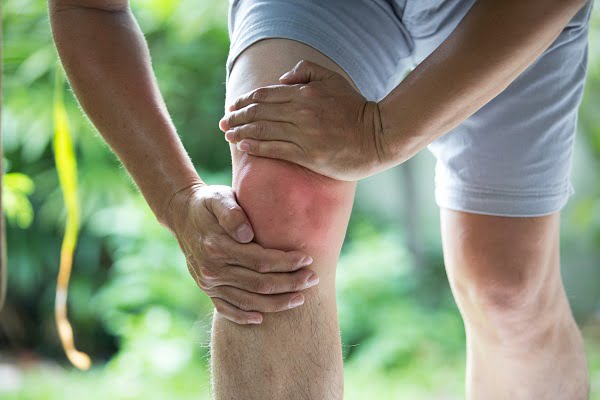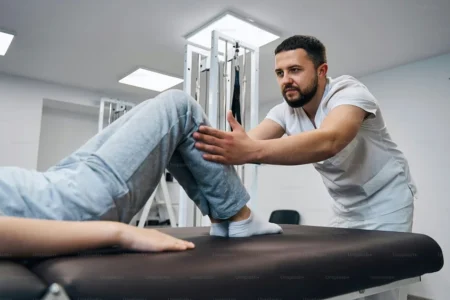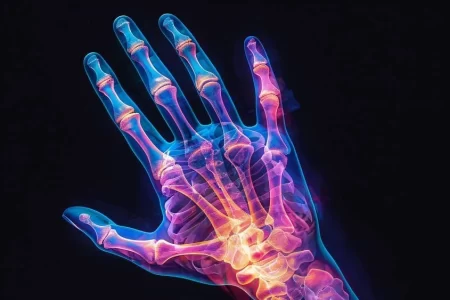
How will you know that you have osteoarthritis?
Symptoms of osteoarthritis vary greatly on the basis of its location and its severity. The most common symptoms of osteoarthritis are pain and stiffness, although some more symptoms may develop in time.
There are various other symptoms that a patient experiences during his life with osteoarthritis. Some of the common symptoms of osteoarthritis are as follows:
- Pain– the most common sign of osteoarthritis is constant pain. If the pain increases or worsens, it is a clear indication that osteoarthritis is becoming much worse
- Stiffness– it becomes extremely difficult for a patient to get up in the morning if he is suffering from osteoarthritis. He may feel that his joints have become more stiff and creaky
- Muscle Weakness– muscles around the joints usually becomes weak. It is again the most common symptom noticed in people who has knee arthritis
- Swelling– normally people suffering from osteoarthritis does not have swelling but they may sometimes experience it in their knees
- Deformed joints– as the arthritis progresses, the joints become deformed and their shape become abnormal
- Reduced motion– during the course of disease, the joint movement becomes very less and people finds it very difficult to sit, walk, stand, bend, etc
- Sleep problems– osteoarthritis is always accompanied by pain. The pain is so severe that it constantly disturbs sleep
- Creaking– joints in arthritis constantly makes creaking and crunching sound. Though it is not always accompanied by pain, sounds should be observed carefully and the patient should consult a doctor.
Osteoarthritis can happen to anyone and in any part of the body but the most common areas are:
- Hands– osteoarthritis of hand has certain hereditary features, i.e, if mother or grandmother has hand osteoarthritis, you are at a greater risk of having it too. Usually, this disease develops in women after menopause. Women are more prone to suffer from it than men.
- Knees– knees are the most commonly affected parts of the body. Osteoarthritis in knees, if becomes severe, can make the person disable for lifetime. A person suffering from osteoarthritis experiences pain, swelling and stiffness and this makes it very difficult for him to walk properly, climb, etc. It is essential to consult professionals, you can check here for the desired result.
- Hips– hip osteoarthritis is also very common in people. Its symptoms are same as that of knee osteoarthritis but the pain is mostly experienced in inner thigh, groin, buttocks, knees, etc. People find it very difficult to do daily activities such as dressing up, bending down, etc.
- Spine– in case of spine osteoarthritis, certain arthritis related changes can exert pressure on the nerves and result in weakness, numbness, etc.
Complications of osteoarthritis – How does osteoarthritis complicate your health?
Many people think that osteoarthritis and its symptoms are unavoidable, so they prefer to ignore it. This can further complicate the case, thus affecting other body parts also.
There are various complications associated with osteoarthritis like:
- Osteonecrosis– Osteonecrosis is a major complication of osteoarthritis in which blood supply in the bones stops resulting in bone death. Severity in osteoarthritis results in osteonecrosis.
- Chondrolysis– Chondrolysis is a disease which results in the degradation of cartilage.
- Fractures– Repeated injury or stress results in the hairline fracture in the bones.
- Gout– Gout is the most common complication of inflammatory arthritis. In this disease, high levels of urate deposit in the joints that form sodium urate crystals around the joints. The formation of these crystals takes place due to changes caused by osteoarthritis around the joints. This results in severe pain.
- Chondrocalcinosis– Chondrocalcinosis, also called calcification, is a condition in which the formation of calcium pyrophosphate crystals takes place in the cartilage. Although it can occur with or without osteoarthritis, people may suffer from chondrocalcinosis if they are also affected by osteoarthritis.
- Osteoarthritis also results in the infections and bleeding in joints.
The complications of osteoarthritis worse and become severe if it is not diagnosed and treated on time. To lead a healthy life, people must closely observe the symptoms and consult the doctor to avoid the complications of the disease getting worse.
Proper diagnosis should be opted for proper treatment. Although, osteoarthritis does not have any cure, proper treatment procedures can help in managing the symptoms.





